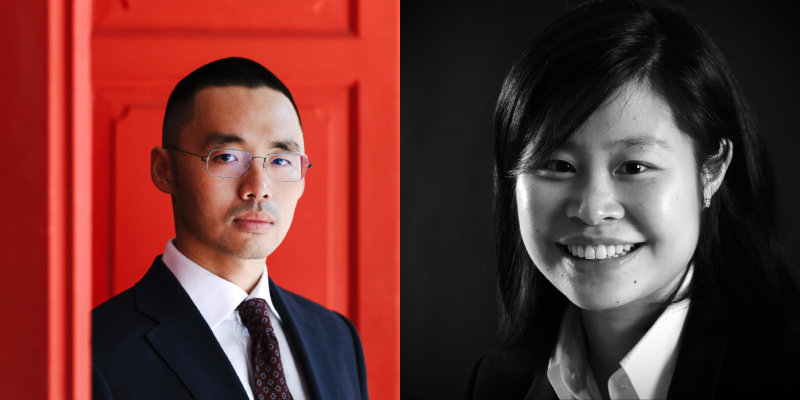DEMYSTIFYING VOIR DIRE WITH DIANA NGIAM AND THAM LIJING
When do you use it and what are the chances of it succeeding? The pair weighs in.

BY ASHUTOSH RAVIKRISHNAN
That the legal profession can be both highly opinionated and deeply respectful is apparent within minutes of our call with Diana Ngiam and Tham LiJing. After warmly greeting each other, the pair launches into a spirited discussion about whether hearsay can be a reason to call a voir dire. Their back-and-forth is peppered with friendly jibes, but it’s clear that it's a discussion rooted in mutual respect and camaraderie.
Soon, they agree that the short answer is yes — but in Singapore, the usual practice is that a voir dire challenges the admissibility of a statement if it’s given under inducement, threat or promise—and we promptly return to our conversation. But their discussion underscores the need to better elucidate the concept of voir dire, which remains greatly misunderstood in criminal law. “That’s probably because we don’t really get a chance to use it at all,” says Diana, an Associate Director at Quahe Woo & Palmer. “So that means that misconceptions are rife, even among the handful of practitioners who have tried their hands at it.”
A common misconception relates to whether a voir dire can challenge the accuracy of the contents in a statement, instead of its admissibility. Says Diana, “The two situations are not the same. I only go into a voir dire if I think the statement should not be admitted as evidence at all. So there can be situations where a statement was recorded in a very ‘kosher’ environment, but where the accused still gave an inaccurate account. In these cases, you don’t need to go into a voir dire.”
She admits that she’s only ever used it once or twice in her decade in practice—partly because of a lack of opportunity, and partly out of caution. “When faced with a statement that has some form of confession, a lot of clients are quick to say that they were threatened by the Investigation Officer (IO),” she explains.
“When I first started out, I would take it wholeheartedly and not poke holes in their account of things. But with experience, I challenge clients a lot more about the details of the claims they make.” This, she says, prevents her from shooting herself in the foot at trial. “There is also a lot more sharing of information from the prosecution now, which helps us understand the case better. This sharing is not perfect yet and it can definitely be better, but there has definitely been an improvement over the past few years.”
Even if you get the concept right, LiJing, who practices with Duxton Hill Chambers, says that he has rarely seen a successful challenge through a voir dire. “To convince the judge that a police officer threatened or promised some gratification, you’ll need very compelling evidence.” After a short pause, he quips, “Almost nothing short of a video recording will suffice.” Diana agrees, saying that objectively, the accused person has far more to lose than a police officer.
Diana and Lijing will be facilitating a workshop next month to bring the concept of voir dire to life. They will be joined by Shashi Nathan and Tania Chin (both of Withers KhattarWong), John Lu (Attorney-General’s Chambers) and Ramesh Tiwary (Ramesh Tiwary). Facilitators will break participants into smaller groups, where they’ll have a chance to apply the principle to a hypothetical situation. “You may not ever do it in trial so it’s a chance to make sure you know just how and when to do it,” concludes LiJing.
Registrations for Voir Dire: Hurdling Threats, Inducements and Promises are now open.






